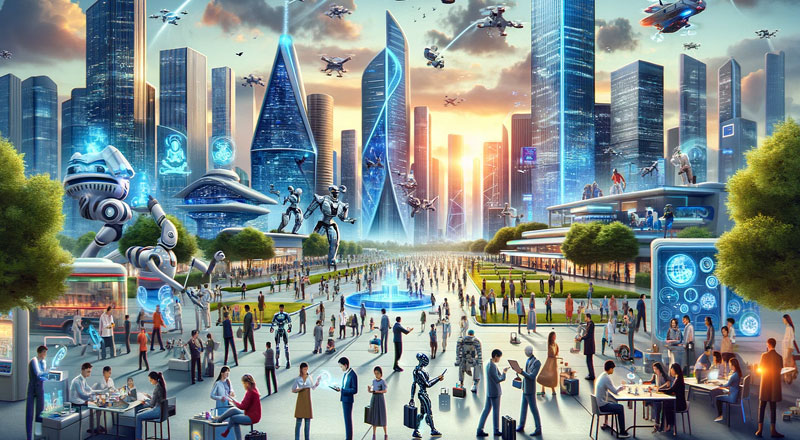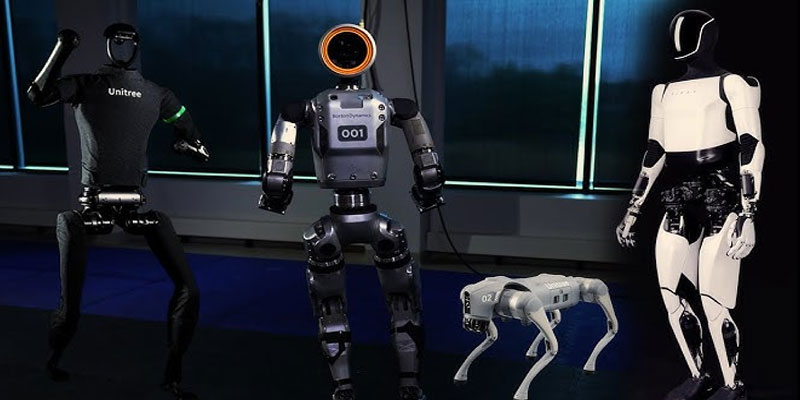An Era of Uncertainty for the Global Workforce
The year 2025 has already seen a surge in corporate layoffs across industries, with over 40,000 jobs lost globally, signaling a continuation of a troubling trend that began during the pandemic and accelerated in its aftermath. Major corporations—particularly in tech, pharma, and biotech—are shedding employees at an alarming rate, citing reasons ranging from restructuring and cost-cutting to an aggressive pivot toward artificial intelligence (AI).
What began as periodic downsizing has now become a systemic shift. According to Layoffs.fyi, over 23,500 tech workers have already been let go this year across 93 companies, with tech giants like Google, Microsoft, Amazon, and Meta leading the charge.
Youth Employment: The Hidden Casualty
The layoffs are not just corporate decisions—they are shaping the careers and futures of thousands of young professionals. From trainee-level dismissals at Infosys to middle-management cuts at global firms, the impact on youth employment is profound. Early-career professionals are either being filtered out due to performance evaluations or being replaced by automation-driven roles.
Fresh graduates now face uncertainty in campus placements, more stringent evaluation metrics, and a push toward skills that align with AI tools and systems. The message is clear: the job market of yesterday is not coming back, and traditional career trajectories are being rapidly rewritten.
Is AI Replacing Humans or Just Shifting the Landscape?
While AI isn’t entirely responsible for the job losses, it has become the primary catalyst for organizational restructuring. Companies are eliminating roles in middle management, customer support, technical writing, and even engineering to make room for AI-driven automation and efficiency.
- Google slashed hundreds of roles in Android, Pixel, and Chrome divisions while investing heavily in AI.
- Microsoft has shifted its focus to increasing its engineer-to-manager ratio, phasing out many non-technical positions.
- Canva let go of human technical writers, replacing them with AI-generated content systems.
- IBM has cut nearly 9,000 jobs, moving many roles to cost-effective locations like India while reallocating resources to its AI and cloud divisions.
Yet, even as companies cut, they’re also hiring for AI roles, creating a paradox where the same technology that’s triggering layoffs is also producing the next wave of job opportunities. But these roles demand high specialization, leaving generalist workers behind unless they upskill rapidly.
Not Just Tech: Pharma, Gaming, and Retail Also Affected
The 2025 layoff crisis isn’t confined to Silicon Valley. The pharma and biotech sectors have shed over 4,000 employees just in Q1. Companies like Siemens and Tata Steel are cutting thousands of support and management roles.
Even retail and creative sectors are bleeding jobs:
- TikTok laid off 300 staff in Dublin.
- Ubisoft, Eidos-Montréal, and other gaming firms are shutting down studios or scaling back operations.
- Two Goodwill stores closed, and Amazon trimmed its communications team.
The widespread layoffs hint at structural changes across industries, where AI and cost optimization are redefining what roles are essential.
Preparing for an AI-Driven Future: What’s the Way Forward?
As the layoff wave deepens, professionals—especially those in their 30s and 40s—are being urged to upskill, adapt, and financially future-proof themselves. In a widely shared post, Bombay Shaving Company CEO Shantanu Deshpande warned that mid-career professionals are among the most vulnerable due to high salaries and family responsibilities.
Companies are clearly pushing for leaner, AI-augmented teams, and this trend is unlikely to reverse. The workforce of tomorrow will need to be agile, tech-savvy, and entrepreneurial.
For governments and educational institutions, this is a clarion call to:
- Redesign curricula around AI literacy and future skills.
- Support reskilling programs for displaced professionals.
- Develop safety nets for sectors undergoing technological upheaval.
Navigating the New Normal
The 2025 layoff crisis is more than just numbers—it represents a transformational shift in how work is structured. While AI promises increased efficiency and innovation, it also brings challenges of displacement, inequality, and insecurity.
The future of employment lies in proactive adaptation, not resistance. As industries evolve, so must the workforce—with continuous learning, skill reinvention, and strategic resilience becoming the new norm.
(With inputs from agencies)





